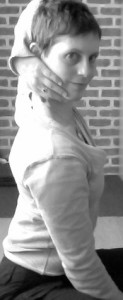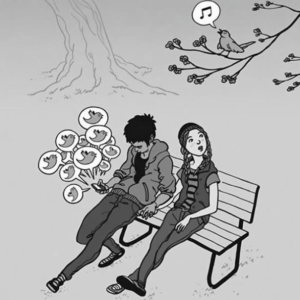Dear Students,
Each moment in life requires a unique & different way to breathe based  upon how you are moving, sensing, feeling & thinking. With this in mind, I created an Awareness Through Movement exploration for you to experiment with this summer. The mini-lesson can help enrich the quality of how you engage in activities from quiet to vigorous ones, based on how flexible your breathing parts are. It is designed to teach your diaphragm to move in many directions like a balloon. This can make your ribs become more malleable so you can move air in & out of your lungs more easily! Discover how to change your rib-cage into a rib-basket by simply using your awareness & imagination to direct your breath.
upon how you are moving, sensing, feeling & thinking. With this in mind, I created an Awareness Through Movement exploration for you to experiment with this summer. The mini-lesson can help enrich the quality of how you engage in activities from quiet to vigorous ones, based on how flexible your breathing parts are. It is designed to teach your diaphragm to move in many directions like a balloon. This can make your ribs become more malleable so you can move air in & out of your lungs more easily! Discover how to change your rib-cage into a rib-basket by simply using your awareness & imagination to direct your breath.
Breathing Exploration: During this lesson move gently into the position explained and stop where you feel most comfortable. Breathe as directed, in a natural manner using awareness and curiosity to guide you. After each movement sit back in your chair and rest before going to the next one. Have fun and enjoy! 1) Sit at the edge of your chair and place your hands on top of your head with your elbows out to the sides. Move your head and elbows to the left and stay where you feel comfortable. In this position direct your breathsideways into the right side of your ribs, many times. Imagine your right lung expanding towards your ribs near your armpit, in the middle and near the lower ribs. Sense that when you inhale each rib on the right side moves further away from each other. Notice what happens to the ribs on the left side. Rest. Now try the same exploration on the other side. 2) This time, sit and hug yourself with your hands on opposite shoulders with your elbows crossed & resting against your chest. With your head and eyes, look down towards your belly, round your back and roll your pelvis backwards. Stop where you feel most comfortable. Direct your breath towards the floating ribs near your lower back area and downward towards your pelvic floor. Sense the ribs in the lower back area on both sides, widening on the inhale and narrowing on the exhale. 3) Sit and place your hands on your forehead with your elbows facing forwards. Look up with your head and elbows and allow your pelvis to roll forwards so your tailbone will face the back of your head. In this
position, direct your breath towards your chest and upwards towards your clavicles. Sense when you inhale, your sternum from the inside of yourself moves away from your vertebrae between your shoulder blades. 4) If you want, I suggest to try other positions to explore breathing in. Be creative & have fun making different shapes with your body. 5) Sit back in your chair and observe how your breathing has changed. Walk around and observe your breathing. Notice throughout your day how your breathing changes depending upon your activities, and your emotional and mental state of mind.
May breathing explorations give you more adaptability in your life & demeanor. Peace!
~Donna
Contact Donna Bervinchak at:
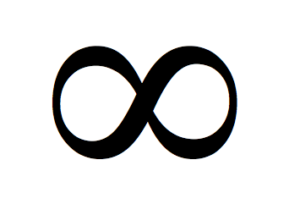 2.Now pretend your nose has a feather at the end of it and create a line in space to the left & right.
2.Now pretend your nose has a feather at the end of it and create a line in space to the left & right.
 sun through simple means and receive it’s many benefits.
sun through simple means and receive it’s many benefits.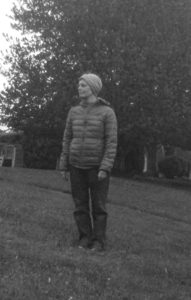 comfortably. Focus on letting your arms loosely dangle like pendulums as you slowly rotate. If the sun is high in the sky, move your head 10
comfortably. Focus on letting your arms loosely dangle like pendulums as you slowly rotate. If the sun is high in the sky, move your head 10 demonstrating where to place your hands. Nathan also shows other suitable positions to palm in.)
demonstrating where to place your hands. Nathan also shows other suitable positions to palm in.)
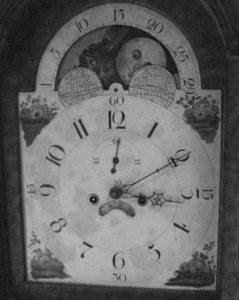
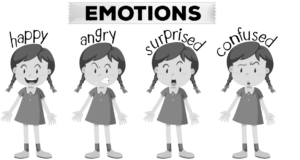 negative thinking.
negative thinking.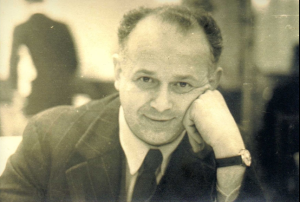 and you don’t help them to grow into individuals where they have very strong faith in themselves and appreciation of their own value and they don’t listen to anybody but when it is of very intense public social importance.
and you don’t help them to grow into individuals where they have very strong faith in themselves and appreciation of their own value and they don’t listen to anybody but when it is of very intense public social importance.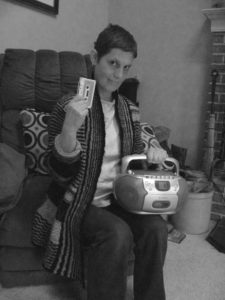 for such a priceless gift even though I did not have a device to listen to them on.
for such a priceless gift even though I did not have a device to listen to them on.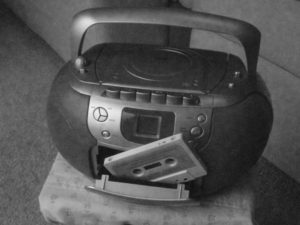
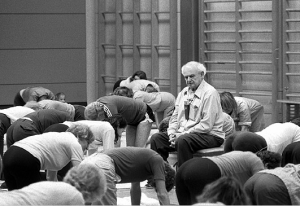 they actually do. And therefore I consider the people who do come to such sort of work like we do – I believe they are the cream of our society. In spite of being neurotic and having trouble but they are the only ones who actually have the feeling that they deserve and can be better than they do and actually do something about getting it.”
they actually do. And therefore I consider the people who do come to such sort of work like we do – I believe they are the cream of our society. In spite of being neurotic and having trouble but they are the only ones who actually have the feeling that they deserve and can be better than they do and actually do something about getting it.” 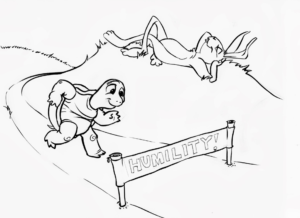
 done speaking that day.
done speaking that day. understand the essence behind the source of what I wish to share. His latest
understand the essence behind the source of what I wish to share. His latest 